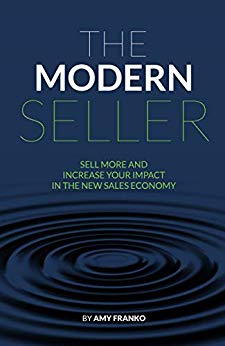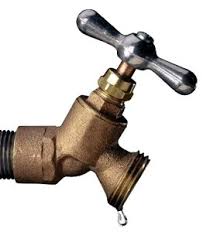Hand Tattoos and Fixing Broken Windows in Your Marketing
What does your company really know about your customers and targeted new customers? Is your web site an inbound lead generation machine or a virtual brochure just taking up space? How strategic is your marketing and is it creating value or just costs? In this post we will discuss how to identify if you have any broken windows in your marketing.
This week all the news and radio stations are sharing the story about Ariana Grande’s new Kanji tattoo and how it says something totally different than it was supposed to say. Ariana went through the pain and cost of having a tattoo on her palm and wanted it to say “ 7 rings” to promote her new Album. What it did say was “small charcoal grill”. When she was informed of this error she immediately went back and had it corrected. Now her Tattoo reads “small charcoal grill finger heart” Huh? I have heard people laughing about this mistake and the star herself is making light of it. The trouble is she assumed people would read the tattoo as she does left to right then top to bottom. Here’s the trouble you read Japanese right to left. She shared a picture of her hand as seen below.
How could she let this happen?
How could such a fun message get so screwed up?
How could a promotion strategy become such a market joke now?
Ariana had a vision and she went to someone she trusted to execute that vision. She had a strategy, she invested money, time and pain to have her vision become a reality. Sound familiar?What if you discovered all the time, pain and cost you put into marketing today is a joke to your target customers?
What if I told you your marketing may be sending the wrong message or no message at all to your customers?
What if your customers read your promotional material and laugh and ridicule your company instead of want to learn more and want to buy from you?
Ouch…that’s not so funny anymore.
In my last post we discussed Broken Window theory. If you missed it, this is work completed by psychologist Philip Zinbardo from Stanford who ran an experiment and it showed if you allow small crimes it will create chaos and even law abiding citizens will commit crime. The longer you allow small crimes the more serious crimes increase. In my last post I shared signs, broken windows you should look for in your sales organization. If they exist they must be repaired or replaced to have a sales team that meets and or exceeds it sales and profit growth targets.
Does your marketing efforts have broken windows that need to be repaired?
Do you know where to look?
Below are some common marketing broken windows you need to look for and repair before your marketing efforts can create the value they were meant to drive.
No web site
A web site that is a virtual brochure not a strategic lead generation tool
Bounce rate greater than 70%
Not knowing what a bounce rate is
Not understanding who your ideal customers are and why they are ideal for your business
Not knowing and understanding the language of your customers
Your vision is about marketing activities today not strategies for future
Not knowing what a buyer persona is
Salespeople are selling naked: do not know what sales tools you have or where to find them
Salespeople are not using new sales tools because they so not work
Salespeople creating their own sales tools
You do not understand the current voice of your customers’
Do not understand the problems you solve for your targeted customer
Do not have clear-targeted markets
If you search for problems you solve on Google and your company is not found on first page (ideally in the top three)
You are in B2B space and marketing believes “content marketing” is only for B2C
No content strategy
No thought leadership published in your markets and industries
No content map
Not speaking at industry trade events
Do not understand how buyers buy today
No WebEx strategy to demonstrate your team’s knowledge
Do not understand what buyers need to buy today
Do not understand the buyer journeys of your buyers today
No blog
All your marketing talks more about you than the problems you solve
No LinkedIn presence or strategy
Someone on marketing team says: “Our buyers do not shop for products like ours on the internet”
No Facebook presence or strategy
No Twitter presence or strategy
Not leveraging pintrest and instagram
Your team cannot all agree on your target audience
You do not have enough team members to execute effective marketing
If you publish content you share same content in every social platform
Your content is selling not educating
Your content is gobbledygook (check out his link gobbledygook manifesto)
Does your team have any of the above broken windows that need repaired?
Is your web traffic growing each month?
Are your inbound leads growing each month?
Have you strategically created a community…your tribe?
Are your inbound leads converting into sales and profits?
What is the sale close rate on inbound leads?
Or does your marketing say “small charcoal grill finger heart” and you don’t even know?
Running a market leading business is very difficult. It starts with being customer centric and intimately listening and understanding your customer’s voice.
Marketing teams that add tremendous value know how to leverage the voice of their ideal customers and they strategically speak the language of their customers correctly. You must clearly understand your customers’ problems, solve them and capture the success stories and share them in strong content.
If you have any of the broken windows above in your marketing please repair them. The longer they are allowed to exist the more time your competitors are winning business you could have won.
As for Ariana Grande? TMZ just reported she now has a $1.5 million opportunity to remove the tattoo LazerAway.
Talk about jumping on an urgent problem and being able to solve it brilliantly and have all her fans and media share the problems you solve to a key target demographic ! Excellent Strategy!
In our next post we will discuss broken windows in leadership you need to repair.









